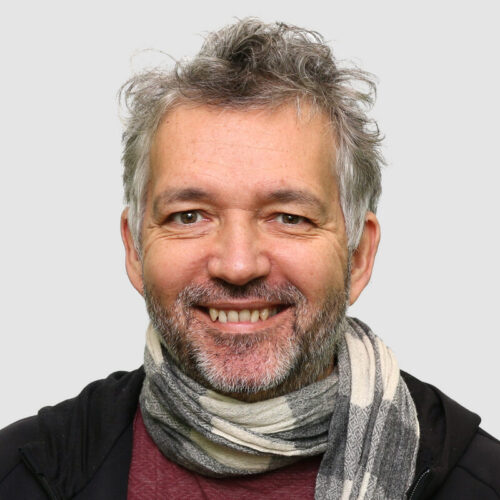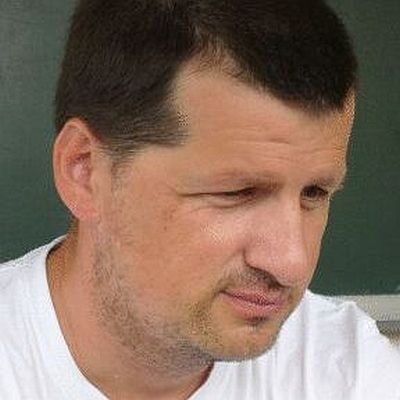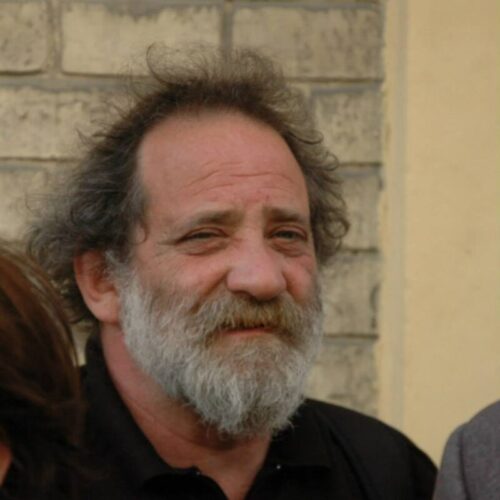The role of paradigm structure in Hungarian morphology and phonology with typological comparisons
Financer institution: National Research, Development and Innovation Office
Principal investigator: Péter Rebrus
We plan to study and analyse morphological and morphophonological phenomena (a) in Hungarian, (b) in some Uralic languages and (c) from a general typological perspective which — due to the properties of their morpho(phono)logical patterns — cannot be properly described using models of morphology that presuppose agglutination as the basic principle for building words (e.g. the strict Item-and-Arrangement and Item-and-Process approaches). The aims of the research are two-fold and thus our expected results are also dual, empirical and theoretical. (i) On the one hand, we want to give an exhaustive, observationally precise and quantitative (i.e. frequency-based) description of the phenomena (some of which have never been sufficiently explored) with special emphasis on lexical variation, vacillation, paradigm gaps and templatic behaviour. (ii) On the other hand, we plan to use formal models, and possibly develop computational implementations (based on already available Word-and-Paradigm and analogy-based models) which — as opposed to the frameworks designed for pure agglutination — are more suited to the analysis of the non-agglutinative patterns discovered and described.
Duration: 2021-2025
Participating researchers








